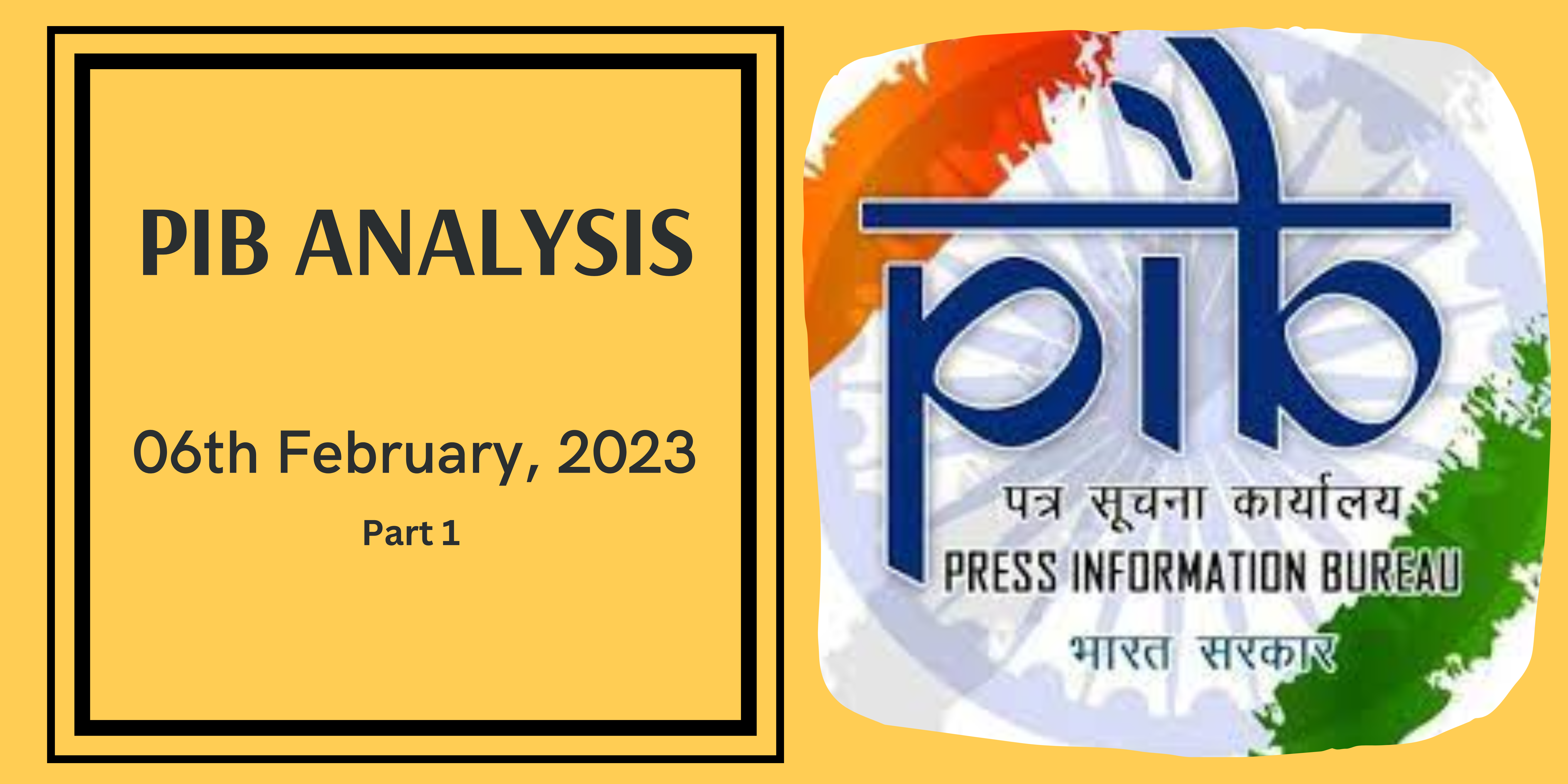AI Regulation:Learning from the East
Context:
In the midst of an evolving landscape marked by Artificial Intelligence (AI), the world faces a challenge of regulating this transformative force. As AI permeates our lives, a closer examination of divergent approaches to AI regulation in the East and the West becomes vital.
Relevance:
GS-03 (Science and Technology)
Prelims:
- Generative Artificial Intelligence
- AI
- Generative Adversarial Network
- National Strategy for Artificial Intelligence
Mains Question:
- Discuss the contrasting approaches to regulating Artificial Intelligence (AI) in the Eastern and Western legal systems. How does the interplay between law and morality in the Eastern approach differ from the risk-based regulatory framework prevalent in the West? 250 words.
Dimensions of the Article:
- Contrasting East and West Visions of AI Regulation
- Western Landscape: A risk based framework
- Eastern Path: Embracing Morality and Values
- Cultural Underpinnings of Regulation
- East’s Harmony of Law and Morality
- Legal Philosophies in Contemporary India
- NITI Aayog: Emulating the West or Crafting an Indian Way
East vs. West: Contrasting Visions of AI Regulation
- The realm of AI regulation is witnessing divergent paths between the East and the West. Western nations, including the European Union (EU), Brazil, Canada, and the United Kingdom, have constructed regulations entrenched in a Eurocentric legal criterian.
- On the other hand, Eastern nations like Japan and China have embraced a distinctive approach, reflective of their unique jurisprudential philosophies.
Western Landscape: A risk based framework:
- The regulatory model favored by Western nations relies on a risk-based framework. This entails categorizing AI-related activities into four risk categories – ‘unacceptable risk’, ‘high risk’, ‘limited risk’, and ‘low risk’.
- Each category is then subject to distinct regulatory measures. In the EU, for instance, prohibited activities are identified for ‘unacceptable risk’, stringent regulations apply for ‘high risk’, and lighter disclosure-based obligations are mandated for ‘low risk’. A similar approach is visible in Brazil and Canada, involving the identification of risks and corresponding regulatory measures.
Eastern Path: Embracing Morality and Values
- In contrast, Eastern nations have forged a regulatory trajectory characterized by a holistic embrace of morality and values.
- Japan’s “Social Principles of Human-Human-Centric AI” underscores values like human-centricity, data protection, fair competition, and accountability.
- China’s regulations, intriguingly, emphasize adherence to laws, administrative regulations, social morality, and ethics. The crux of this approach lies not in prescribing methodologies, but in upholding and nurturing desired values through compliance.
Cultural Underpinnings of Regulation:
- Historically, the roots of these regulatory differences can be traced back to cultural and jurisprudential orientations. Western systems have championed a ‘postulation’ approach – precise definitions of actions, penalties for non-compliance, and clear delineation of dos and don’ts.
- In contrast, Eastern systems follow an ‘intuition’ approach – focusing on the end goal and the underlying morality, allowing individuals to intuitively align with the spirit of the law.
East’s Harmony of Law and Morality:
- Professor Northrop’s insights from the 1930s reveal that Western legal systems prescribe law through strict postulation, emphasizing actions and consequences. In contrast, Eastern systems prescribe law through intuition, placing paramount importance on the end goals and morality.
- This interplay between law and morality forms the essence of what legal philosopher Harrop Freeman terms “Hindu Jurisprudence”. Ancient Indian legal systems thrived on a combination of moral codes and intuitive compliance, fostering societal harmony.
Legal Philosophies in Contemporary India:
- Modern India grapples with the transplantation of Western legal systems, which neither encapsulate the virtues of traditional Indian legal frameworks nor the merits of the English legal system.
- The reflections of Justice V. Ramasubramaniam highlighted this conundrum, urging regulators to draw inspiration from India’s rich legal heritage.
NITI Aayog: Emulating the West or Crafting an Indian Way
- NITI Aayog’s discussion papers on AI regulation reference Western models, hinting at a Westernized path.
- The real challenge lies in aligning AI regulation with India’s values and ethos. Instead of overlooking our roots, we must embrace the wisdom of our ancestors and nurture an AI regulatory framework that mirrors our distinctive identity.
Way Forward:
As India navigates the world of AI regulation, it stands at a critical juncture. The path chosen will shape our AI future and echo the essence of our identity. It’s time to revisit our roots, echoing the harmony of law and morality. In crafting AI regulations, India must look eastward and find its own voice, encapsulating values, morals, and wisdom, making regulation not just a legal necessity but a reflection of our soul.




